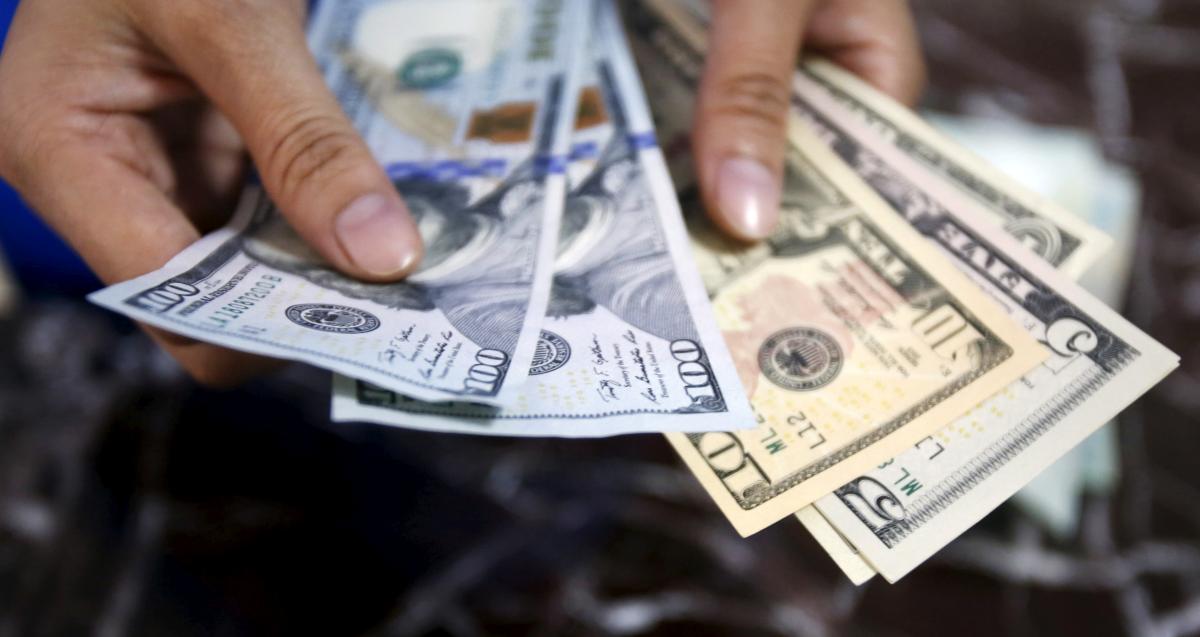
NEW YORK (Reuters) – At the Springdale Ice Cream and Beverage factory in Cincinnati, workers were coming to the human resources department with money troubles, wanting cash advances on their pay.
Some could not afford car repairs, which meant they could not get to work. Others needed money for medical bills, home repairs and other emergencies.
Human resources manager Erica Simmons wanted to help. She enrolled the company, a division of Kroger Co, in a pilot program called Split to Save. The Consumer Federation of America started the Split to Save initiative about a year ago, and other employers on board include banks, credit unions and the City of Boston. The goal is to help workers build their own emergency savings accounts through regular payroll deductions.
“It’s important that our associates are doing well and that means their physical and mental health and their financial health,” said Simmons, who signed up for the program herself and has been saving a portion of her paycheck every month automatically.
Employers routinely help workers save for retirement every pay period, but automatic withdrawals to fund emergency savings accounts have not caught on in most workplaces.
The plumbing is all there, experts said, but there is a lack of will and coordination to promote the option. With 800,000 federal workers caught up in the government shutdown, the need for emergency savings has been in the spotlight.
One problem Springdale ran into at orientations for new employees was that the new workers were enthusiastic, but many lacked savings accounts. So Simmons got the local credit union to give a presentation and sign up customers for accounts.
About 80 new hires have been offered financial training in the last six months, and the company will soon expand to the rest of the plant’s 220 or so existing employees, Simmons said.
Workers take a pledge and the payroll administrator sets up the transfer. The company does not control the funds once they are deposited or even know how much anyone is saving.
“Our challenge is to increase the number of people who use existing systems,” said Consumer Federation’s George Barany, who noted that 84 percent of workers currently use direct deposit.
A similar program just launched from Prudential Retirement in coordination with the organization Prosperity Now. It has a handful of client participants, including MGM Studios, a division of MGM Holdings Inc .
While Prudential is in the retirement business, one aim with the savings sidecar is to reduce the stress on 401(k) loans and cash-outs that damage retirement savings, said Phil Waldeck, president and CEO of Prudential Retirement.
Because retirement funds are locked up to a certain extent, most Americans cannot pay to repair a simple tire blow-out.
“Cars break down, people get sick. They tap places for money that are not optimal because they are in crisis,” Waldeck said. “For retirement plans to make the impact, you have to deal with long-term readiness but also short-term issues.”
AARP, the nonprofit catering to older Americans, is also starting to plan such a program. So far, the organization has sponsored a survey on the topic and is working with noted behavioral economists David Laibson, Brigitte Madrian and John Beshears to come up with methodology for starting accounts.
AARP said its research has determined that automatic enrollment would be one of the most effective ways to build emergency savings accounts. However, legislative changes would be needed for that, and those are not likely to be coming soon.
“We are very close and sometimes you can almost taste it, then things get delayed,” said David John, a senior strategic policy advisor at the AARP Public Policy Institute.
EARLY RESULTS
Workplaces that have started any type of savings program have found employees are enthusiastic.
At WesBanco, a community bank in Wheeling, West Virginia, pledges to Split to Save since February 2018 from 161 employees total $235,758, and the average monthly commitment is $148.68 a month.
The bank has 2,000 employees, and human resources head Lisa Werner has a goal of 800 employees at minimum. She planned to do a big push after the new year to get more people on board.
“We get hit with so many temptations, but we don’t have an equal number of positive messages that say, hey, work for something bigger and better for your family,” said Werner. “We’re trying to encourage those additional messages.”
(In paragraph 11, please read A similar program just launched from Prudential Retirement…in coordination with the organization Prosperity Now…client participants, including MGM Studios, a division of MGM Holdings Inc” instead of “A similar program called Prosperity Now just launched from Prudential … client participants, including MGM.” (Corrects name of organization and client)
 0 comments
0 comments





